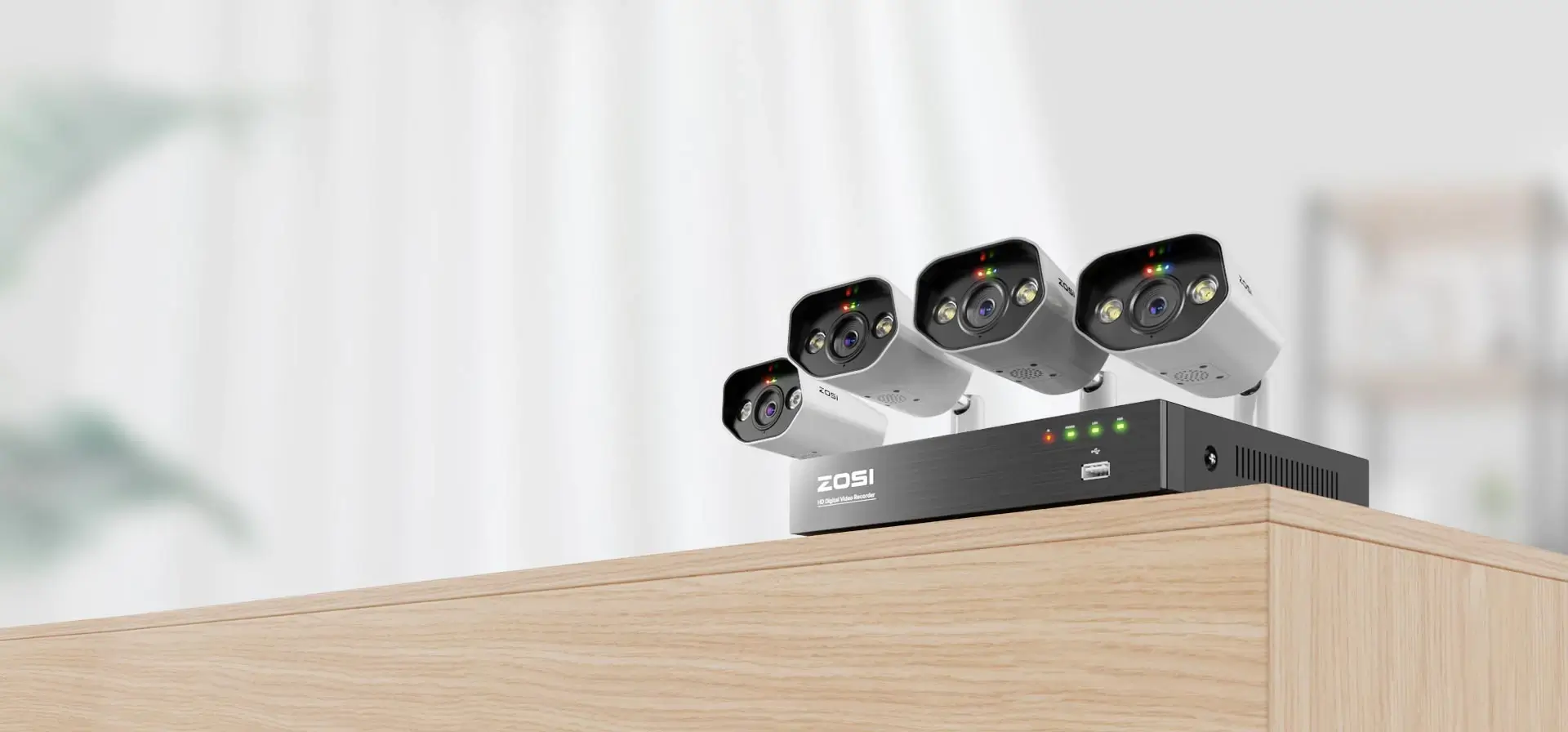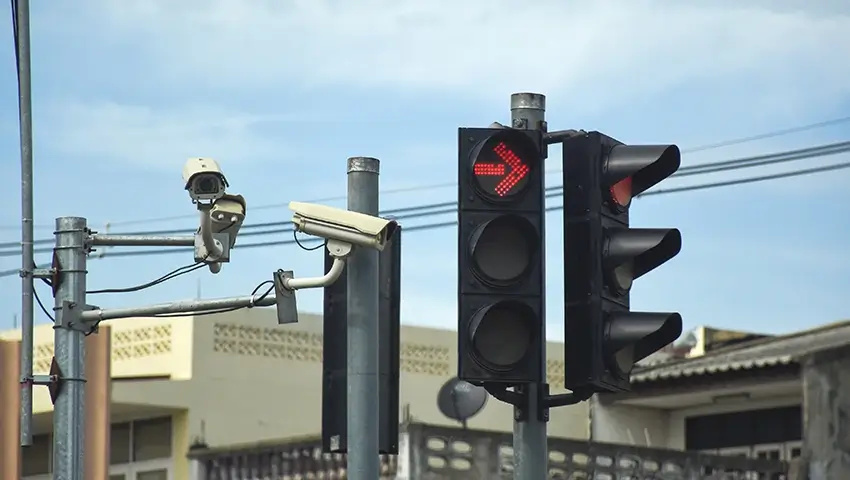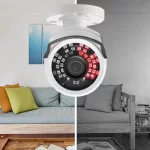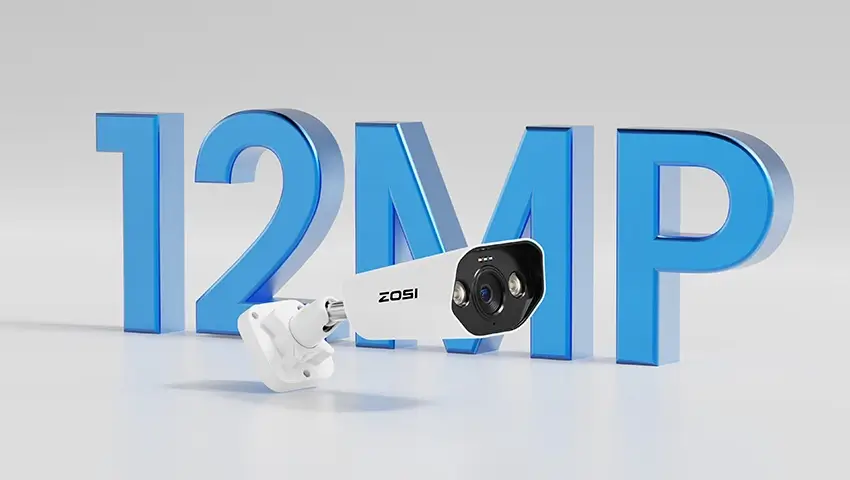While debates surrounding privacy abound, understanding the potential benefits of surveillance cameras in public places is crucial for informed discussion. Questions about their use in schools, stores, and other public areas – Do they invade privacy? What are the advantages and disadvantages of CCTV? – fuel ongoing debate. However, these systems can be vital for a safer society, much like home security cameras protect our residences. Let’s explore how public places can benefit from CCTV and security surveillance.
Contents
Are Security Cameras an Invasion of Privacy
As the use of cameras and video recording devices becomes more common, society at large is becoming concerned about privacy issues related to cameras and other security surveillance devices. Many people feel that cameras, especially hidden ones, are a threat to their right to privacy.
Here are a number of things to consider prior to installing any type of camera or other surveillance devices:
- Camera surveillance and video recording in “public” spaces are usually legal.
- Camera surveillance and video recording in “private” spaces are usually not legal. Areas as “privacy” exist include restrooms, showers, dressing rooms, lockers rooms, employee lounges, first aid rooms, and other similar spaces (click here to learn why).
- The laws relating to the recording of audio are usually much stricter than the laws relating to the recording of video. Despite the fact that most video recorders allow the recording of audio as well as video, the use of the audio recording feature is illegal in many applications.
- Some jurisdictions may require that a sign be posted giving notice that the area is under video or audio surveillance.
- Cameras that observe employee work areas are usually legal but can create morale problems if employees feel that the cameras are being used to track their productivity and work habits. The coverage and purpose of cameras and other surveillance devices should be clearly communicated to all employees. It is suggested that this topic be included in the company employee handbook.
- Companies that have employees represented by a union or other trade organization should verify that the installation of cameras or other surveillance devices does not violate the terms of any collective bargaining agreement.
- Be especially careful with hidden or “covert” camera installations. While it may be tempting to try and catch a thief, an improperly obtained recording is useless as evidence and may subject the company to legal damages costing far more than any theft ever would.
Check the laws concerning audio and video surveillance applicable in your state or province. The proposed use of cameras (particularly covert cameras) in questionable areas should be reviewed by your attorney prior to installation.
Top 5 Pros of Surveillance Cameras in Public Places
Public video surveillance is essential for many reasons. It ensures that there is more excellent safety in public and improves people’s confidence regardless of the neighborhoods that they pass in. Following are some of the top benefits of having public video surveillance.
1. Public Video Surveillance Increase Public Safety
Public safety increases whenever there is public video surveillance. This is because everything happening in public gets recorded. It becomes easier to analyze crimes that occur too fast to be prevented in time. Just like when we install a home security camera, we gain increased house safety.
With such information, the authority becomes more aware of safety hot spots in any neighborhood. They can improve their response times and increase the number of patrol officers in these places. For example, PTZ security cameras put in public spaces, like a crossroad, a retail store, parking lots, museums, concert halls, do an excellent job in providing 360° seamless surveillance solutions. Public safety is also improved as people feel more confident no matter the areas that they pass or where they visit.
Provided there is public video surveillance, the people will not have to stay worried about anything, and they will be safe and secure in the knowledge that they are protected in the best way possible.
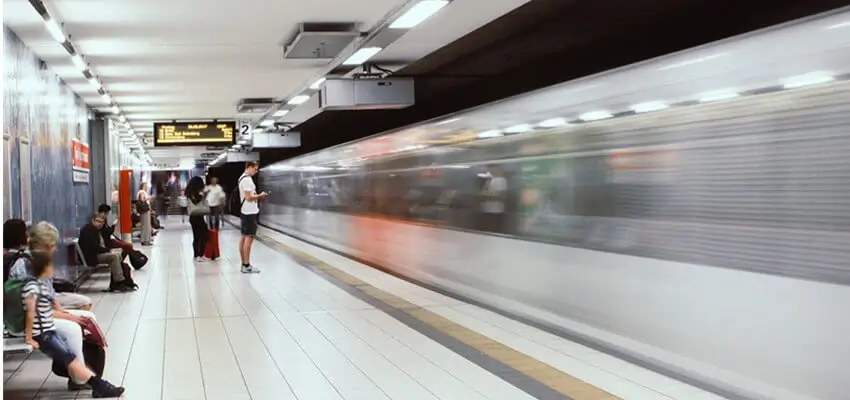
According to a survey by the National Center for Education Statistics, in 2015, nearly 80% of public schools put up surveillance systems in public places to secure campuses. It even introduces AI-powered facial recognition security systems.
2. Public Surveillance Cameras Reduce Crime Rate
The crime rate is significantly reduced whenever there are public surveillance cameras. Thieves and robbers will be afraid of leaving too much evidence whenever they participate in frauds on the streets.
They will be caught on the cameras, and tracking them down will be easier for law enforcement. It is also better to have a record of events that happen in public places since it will be easier to investigate the reported crimes and develop measures of regulating the rate at which these crimes occur.
Public surveillance cameras are also an effective deterrent against crimes in these areas, and as such, the crime rate will be significantly reduced, and people will feel more comfortable.
3. Public Video Surveillance Helps Catch Criminals
Whenever a crime has happened, the criminals are always known to leave traces of their presence and activity at the crime scene. However, public video surveillance makes things much more efficient as thieves or criminals can be tracked down more quickly. Footage of their activity will have been recorded, and investigators and law enforcement will reach them more effectively.
Additionally, the use of public video surveillance means that crime rates will be reduced since the high number of criminals being caught as a result means that there will be barely any criminals left behind after they have been caught. This means that the public will be several times safer, and people will no longer have to worry about being robbed in public where every movement by the criminal is being recorded.
Their images can also be traced much faster whenever software is used to match their images to the records that are already in the public database. Catching criminals becomes more effective, and an increased conviction rate also increases.

4. Video Cameras in Public Locations Provide Evidence & Gather Clues
Evidence is usually the most critical part of convictions and presenting the best case in court requires enough evidence to prove to everyone that the criminal was responsible for the act recorded by the camera. Whenever cameras are in public locations, it becomes easier to piece together evidence and facts, making it easier for the criminals to catch and convict in court.
In some cases, if there were no CCTV security camera systems in public places, there would be little or no evidence to convict the person of the crime and the individual may go free. With night vision security cameras on watch, robbers can be recognized even if they commit a crime in dark areas.
Additionally, using video cameras in public places means that it will be harder to hide from the law, and the courts will have an easier time convicting the criminals since there will be more than enough evidence.

5. Public Video Surveillance Brings Convenience for Daily Life
Daily life becomes safer and easier to live with public video surveillance. The people going about their daily lives will be more confident when they can see cameras at every corner.
More of the public places are exposed to the eye of the law, and as such, nothing that happens will pass the attention of the law. As such, it becomes easier to live regardless of the neighborhood, and as such, people will be more comfortable living in places that did not have the reputation of being safe in the past.
When more neighborhoods are conducive for living in, people will be able to live anywhere they choose, and as such, they will also be able to be more productive, which is good for the economy. We recommend camera systems like C182 POE security camera system.
C182 - 4K POE Surveillance Cameras Security Monitor Systems
- 4K Ultra HD
- Smart Person/Vehicle Detection
- Customize Detection Zone
- Starlight Night Vision
- 24/7 Video & Audio Recording
- Access Remotely & Flexibly
- Two Way Audio
Top 3 Cons of Security Cameras in Public Places
Regardless of the many benefits that we can get from public video surveillance systems, several disadvantages reduce their effectiveness and reliability. These include:-
1. Surveillance Systems Are Easily Abused
Criminals can disable these cameras in places where they want to control the turf or crime territory. They abuse the cameras and the surveillance systems to reduce their effectiveness, which results in a high maintenance cost. Whenever some cameras are down, replacing them becomes a costly affair for the government.
2. Doubts About Public Security Camera Effectiveness
People are still very doubtful about the effectiveness of public security cameras, but the fact that we have just sent a massive camera into space means that this is yet to change.
Things are expected to improve with higher cameras that will prevent crimes much faster than traditional blurred and not as straightforward as modern cameras.
3. Public Camera Surveillance Is Expensive
The cost of installing public camera systems is known to be quite expensive, and the maintenance cost of these systems is also known to be pretty high. As such, the government has to be genuinely ready to invest in such systems in the long term before they can even start installing the systems in the first place.
Conclusion
In summary, the potential benefits of surveillance cameras in public places, including crime reduction and improved law enforcement effectiveness, must be weighed against potential disadvantages. While these systems offer five key advantages, there are also three significant disadvantages to consider. Public video surveillance systems are becoming increasingly effective at deterring crime, gathering evidence, and aiding law enforcement. Although they have both benefits and drawbacks, they contribute to safer neighborhoods.
